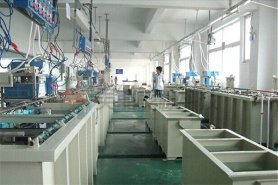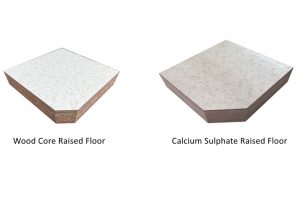Hot-dip galvanizing and zinc galvanizing are both effective methods of metal preservation, they are widely used in the production of raised floor accessories like pedestals, stringers.
Difference in principle
Hot-dip galvanizing is a chemical treatment that belongs to the electrochemical reaction. Zinc ingot is melted at a high temperature, with some auxiliary materials inserted. Then metal structures are immersed in a galvanizing bath so that a zinc layer is attached to them.
Zinc galvanizing refers to electroplating, it is a physical process. Zinc salt solution is electrolyzed, so that a zinc layer is attached to metal structures.
Difference in parameter
After the process of hot-dip galvanizing is completed, when steel thickness is not less than 5mm, the average zinc layer weight is not less than 610g/sqm; when steel thickness is less than 5mm, the average zinc layer weight is not less than 460g/sqm.
Zinc layer thickness of zinc galvanizing is around 50g/sqm, so its corrosion resistance is much worse than hot-dip galvanizing.
Difference in advantages
Hot-dip galvanizing steel is galvanized under hot-dip conditions. It has strong adhesion, even after several years, galvanizing will not fall off easily.
After several weeks, zinc galvanizing may start to fall off. But as its much cheaper price and faster production lead time, it is more widely used in metal construction materials.
Difference in pollutants
Pollutants of hot-dip galvanizing are mainly spent acids from pickling the workpiece.
Pollutants of zinc galvanizing include acid from the pickling process, electroplating effluents, and waste passivation fluids,etc. The type and amount of pollutants discharged from zinc galvanizing are significantly higher than hot-dip galvanizing.





